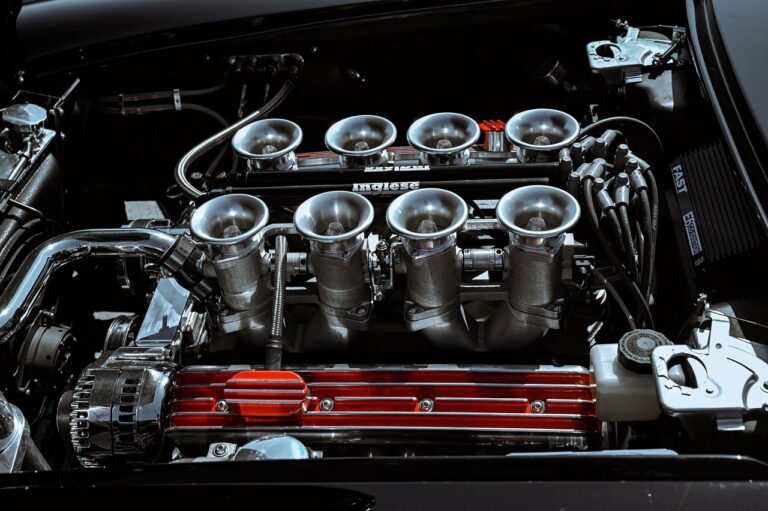The Potential of Vehicle-to-Grid Technology in Commercial Energy Management Systems
Vehicle-to-grid (V2G) technology offers numerous advantages that have the potential to revolutionize the way we think about energy consumption and transportation. By enabling electric vehicles (EVs) to not only draw power from the grid but also send excess energy back to it, V2G technology paves the way for more efficient energy use and cost savings for both vehicle owners and the grid operators. This bi-directional flow of electricity can help stabilize the grid, especially during peak demand periods, by leveraging the energy stored in EV batteries to ease the strain on the grid.
Additionally, V2G technology promotes sustainability by maximizing the use of clean energy sources. EVs can store renewable energy generated from sources like solar or wind power when demand is low and feed it back to the grid when needed, reducing the reliance on fossil fuels. This not only helps to lower greenhouse gas emissions but also contributes to a more environmentally friendly energy ecosystem. Furthermore, V2G technology can potentially generate income for EV owners through participation in demand response programs and energy trading, creating a win-win situation for both the individual and the larger energy landscape.
Understanding the Integration Process
When it comes to integrating vehicle-to-grid (V2G) technology into the existing power infrastructure, there are several key steps involved. The first step is ensuring that the V2G system is compatible with the grid and can communicate effectively with utility providers. This involves installing the necessary hardware and software to facilitate data exchange and control mechanisms.
Next, a thorough assessment of the grid’s capacity and capability is essential to determine how V2G systems can be seamlessly integrated without compromising grid stability. This involves analyzing factors such as peak demand periods, available infrastructure, and potential challenges that may arise during the integration process. By taking these steps, the integration of V2G technology can be effectively managed to maximize its benefits for both consumers and the grid.
• Ensuring V2G system compatibility with the grid
• Installing necessary hardware and software for data exchange
• Conducting a thorough assessment of grid capacity and capability
• Analyzing factors such as peak demand periods and available infrastructure
• Managing integration process effectively to maximize benefits
Impact on Grid Stability
The integration of vehicle-to-grid (V2G) technology has significant implications for grid stability. As electric vehicles (EVs) equipped with V2G capabilities can both draw electricity from the grid and supply excess power back to it, the overall load on the grid can be more dynamically managed. This bidirectional flow of electricity allows for increased flexibility in balancing supply and demand, which can help stabilize the grid during peak usage times or in the event of sudden fluctuations in energy consumption.
Furthermore, by leveraging V2G technology, grid operators can optimize the use of renewable energy sources such as solar and wind power. EVs acting as mobile energy storage units can store excess renewable energy during periods of high production and release it back into the grid when needed, thus improving the overall efficiency and stability of the grid. This ability to store and dispatch energy from EVs can help offset the intermittency of renewable sources, contributing to a more reliable and sustainable energy infrastructure.
What are the benefits of Vehicle-to-Grid (V2G) technology?
V2G technology allows electric vehicles to not only consume energy from the grid but also to supply energy back to the grid when needed, helping to balance supply and demand and support grid stability.
How does the integration process of V2G technology work?
The integration process involves connecting electric vehicles to the grid through smart charging infrastructure, allowing for bi-directional flow of electricity between the vehicle and the grid.
What is the impact of V2G technology on grid stability?
V2G technology can improve grid stability by providing grid operators with additional flexibility to manage fluctuations in supply and demand, ultimately supporting a more reliable and resilient energy system.







